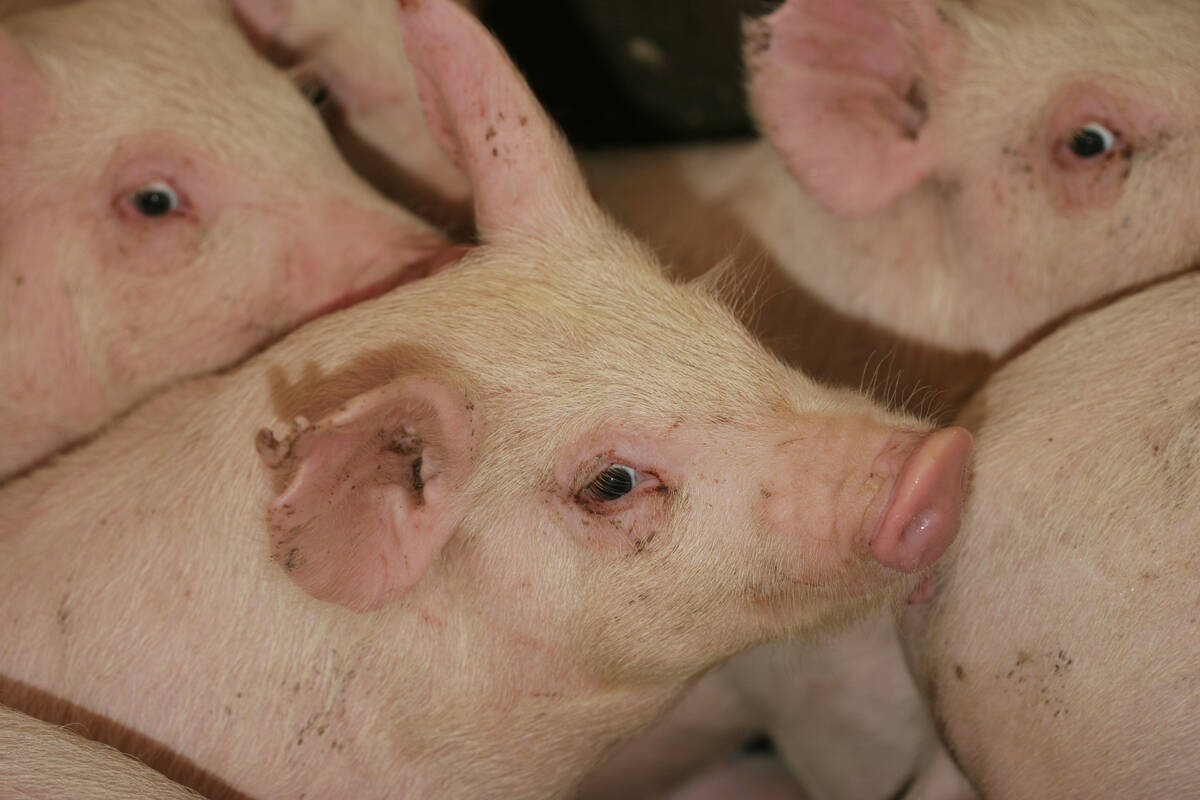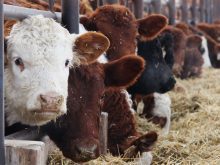Restoring access to the United States market is a priority for the Canadian cattle industry because the alternative is too painful to contemplate, says one cattle industry expert.
“Canada’s beef industry must export to survive. We have no choice,” said Charlie Gracey, a cattle industry analyst for four decades, who spoke as part of a panel discussion on trade issues at the recent Manitoba Cattle Producers Association annual general meeting.
“There are some people out there who say we should sell it down to just supply the domestic market. The trouble is, if we decide to do that it would take 10, 15 years and it would be very painful.”
Read Also

The Western Producer Livestock Report – September 25, 2025
The U.S. national live price average for barrows and gilts was $81.21 Sept. 17. It was $78.37 Sept. 9. U.S. hogs averaged $106.71 on a carcass basis Sept. 17, up from $106.10 Sept. 9.
Opting out of international trade is a non-starter, he added, because Canada’s existing obligations under the World Trade Organization that allow imports from abroad would still apply.
If the industry was to move to a supply managed model serving only domestic consumption, just the top 25 percent of all cattle producers would be needed to supply the entire market.
Gracey estimated the Canadian cow herd has already shrunk to 2001 levels and will fall a further 6.5 percent early next year.
More than half of the country’s productive capacity, or what the industry is capable of producing each year, must be sold outside the country, he said.
Under that definition, which includes the full market weight of feeder cattle whether or not they are sold south of the border for finishing, he put the figure for Canada’s exports to the U.S. at more than 90 percent of total exports.
Gracey called the U.S. country-of-origin labelling rule the worst thing to happen to Canada’s industry since the protectionist Smoot-Hawley Act was passed by Washington in the 1930s.
“This has destroyed nearly a century of tradition, which gave us virtually free trade with the United States,” he said, adding that COOL has widened the basis spread on cattle prices into negative territory.
“Maybe some people think that COOL will sort itself out and the basis will narrow, but this is a real assault on the survivability of our industry.”
The American herd cannot meet domestic consumption demand in that country, he said, noting that the amount the country needs to import is about equal to 70 percent of Canada’s total production.
“The Americans eat 1.2 million tonnes more beef a year than they produce. They have to import and who better than us?” asked Gracey.
When BSE hit in May 2003, Canada was already following to the letter existing world regulations governing international trade.
What wasn’t expected, said Gracey, was how tenaciously other countries would seize on the outbreak to erect trade barriers.
“We put up with the fiction that the Americans would open the border once it was scientifically justified,” he said. “It was scientifically justified on Day 1.”
However, in the intervening years, the Canadian industry has failed to adopt measures that would open up international market access such as on-farm food safety regulations, traceability and age verification.
He reserved special praise for the Canadian Beef Advantage program, which could flow production, carcass yield and grade information back to producers at low cost, starting almost immediately.
“If we do those things, we could make this industry the best in the world. The trouble, is we’re been just talking about it for four or five years. Why the hell aren’t we doing it?”
Gib Drury of the Canadian Beef Export Federation said the industry must redouble efforts to pull itself out of the commodity beef market and aim for the higher-margin “designer beef” trade.
Glenn Brand, chief executive officer of the Beef Information Centre, noted there are signs that COOL might be exploited as an opportunity for Canadian producers to market their beef as a premium product in the U.S.
He noted that Stauffers, a medium-sized Pennsylvania retailer, has enjoyed good success marketing beef using a “100 percent Canadian product” label.
Brand added that the massive ethnic market south of the border might provide an inroad under COOL.














